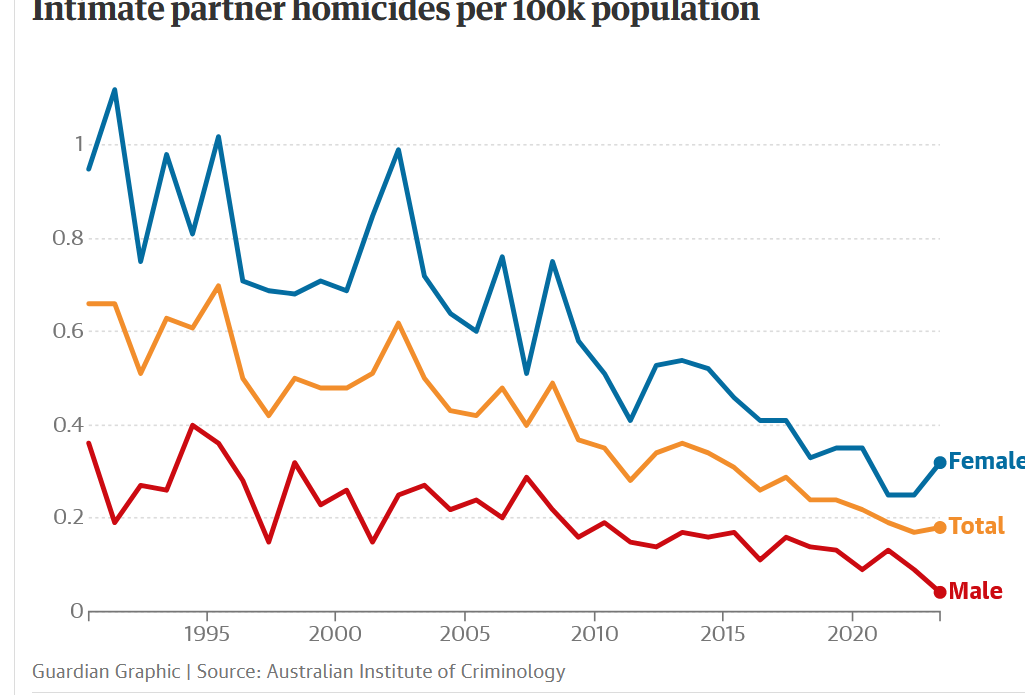Femicide: A Critical Examination Of The Problem And Potential Solutions

Table of Contents
The Scope and Nature of Femicide
Defining Femicide and its Distinguishing Features
Femicide is the intentional killing of women because they are women. It's crucial to differentiate femicide from other forms of violence against women; femicide is specifically motivated by the victim's gender. This targeting highlights the deeply rooted misogyny and gender inequality that fuel this violence.
- Statistics on global femicide rates: The World Health Organization (WHO) reports alarmingly high rates of femicide worldwide, varying significantly by region and country. Data collection remains a challenge due to underreporting and inconsistent definitions.
- Regional variations: Latin America consistently reports some of the highest rates of femicide, but the problem exists globally, affecting women across all socioeconomic backgrounds and ethnicities.
- Common methods used: Femicide often involves extreme violence, including intimate partner violence, domestic homicide, honor killings, and sexual assault.
- Underreporting of cases: A significant number of femicides go unreported or misclassified, obscuring the true scale of this global problem. This underreporting is often linked to societal acceptance of gender-based violence, fear of reprisal, and lack of trust in law enforcement.
- Intersectionality and Femicide: The risk of femicide is significantly amplified for women who face multiple forms of discrimination, including those based on race, class, sexual orientation, disability, and migration status. Indigenous women, for example, are disproportionately affected in many regions.
Understanding the Root Causes of Femicide
Femicide stems from deeply ingrained societal factors. These include:
- Gender inequality: Unequal power dynamics between genders create an environment where violence against women is normalized and even considered acceptable.
- Patriarchal structures: Societies structured around male dominance often condone violence against women as a means of control.
- Harmful gender norms: Traditional gender roles that subordinate women and reinforce male superiority contribute to the acceptance of violence.
- Normalization of violence against women: The widespread acceptance of domestic violence, sexual harassment, and other forms of violence against women creates a climate conducive to femicide.
Further contributing factors include:
- Cultural factors: Certain cultural practices and beliefs can justify or excuse violence against women, such as honor killings.
- Misogyny and toxic masculinity: Deep-seated hatred of women and the harmful ideologies associated with toxic masculinity fuel femicide.
- Poverty and lack of access to resources: Economic hardship can exacerbate existing tensions and increase the risk of violence.
- Conflict and instability: Periods of armed conflict and social unrest often lead to increased rates of violence against women, including femicide.
The Impact of Femicide on Individuals and Society
The Human Cost of Femicide
Femicide has devastating consequences for individuals and families:
- Long-term trauma: Survivors often experience profound psychological trauma, including PTSD, anxiety, and depression.
- Impact on children: Children who witness violence or experience the loss of a mother or female caregiver suffer significant emotional and developmental damage.
- Strain on social services: The aftermath of femicide places a heavy burden on social services, including mental health care, child protective services, and legal aid.
The Broader Societal Implications
Femicide has far-reaching societal implications:
- Climate of fear and insecurity: The pervasive threat of violence creates a climate of fear and insecurity for women, limiting their participation in public life.
- Impact on gender equality initiatives: Femicide undermines efforts to promote gender equality and women's empowerment.
- Erosion of trust in institutions: Inadequate responses to femicide can erode public trust in law enforcement, judicial systems, and government institutions.
Strategies for Preventing and Addressing Femicide
Strengthening Legal Frameworks and Enforcement
Effective legal frameworks are crucial:
- Strong laws against gender-based violence: Legislation explicitly criminalizing femicide and other forms of violence against women is paramount.
- Role of law enforcement and judicial systems: Law enforcement agencies and courts must be adequately trained and equipped to investigate and prosecute femicide cases effectively.
- Specialized training for police and judicial personnel: Training should focus on gender-sensitive investigation techniques, understanding the dynamics of gender-based violence, and supporting survivors.
Promoting Social Change and Challenging Harmful Norms
Addressing the root causes requires a societal shift:
- Media's role in shaping attitudes: Media campaigns can help challenge harmful stereotypes and promote positive gender relations.
- Community-based interventions: Community-based programs that engage men and boys in promoting gender equality are crucial.
- Engaging men and boys: Addressing toxic masculinity and engaging men as allies in the fight against femicide are vital.
Supporting Survivors and Their Families
Comprehensive support services are essential:
- Access to counseling and legal aid: Survivors need access to quality mental health services and legal representation.
- Safe shelters and housing: Providing safe spaces for survivors to escape violence is a critical need.
- Financial assistance and long-term support: Financial assistance and long-term support are essential to help survivors rebuild their lives.
Conclusion
Femicide is a grave violation of human rights with devastating consequences. Addressing this crisis demands a multi-pronged approach encompassing legal reform, societal change, and comprehensive support for survivors. By strengthening legal frameworks, challenging harmful norms, and investing in preventative measures and support services, we can work towards a future where femicide is a relic of the past. Let us all actively participate in the fight to end femicide and create a safer world for women everywhere. Join the movement against femicide and gender-based violence today!

Featured Posts
-
 Abn Amro Aex Stijging Analyse Van De Kwartaalresultaten
May 21, 2025
Abn Amro Aex Stijging Analyse Van De Kwartaalresultaten
May 21, 2025 -
 Fastest Crossing Of Australia On Foot A New Record
May 21, 2025
Fastest Crossing Of Australia On Foot A New Record
May 21, 2025 -
 Apples Llm Siri Addressing User Concerns And Limitations
May 21, 2025
Apples Llm Siri Addressing User Concerns And Limitations
May 21, 2025 -
 Self Guided Walking Tour Exploring Provence From Mountains To Sea
May 21, 2025
Self Guided Walking Tour Exploring Provence From Mountains To Sea
May 21, 2025 -
 Peppa Pigs Mom Reveals New Babys Gender A Universal Response
May 21, 2025
Peppa Pigs Mom Reveals New Babys Gender A Universal Response
May 21, 2025
